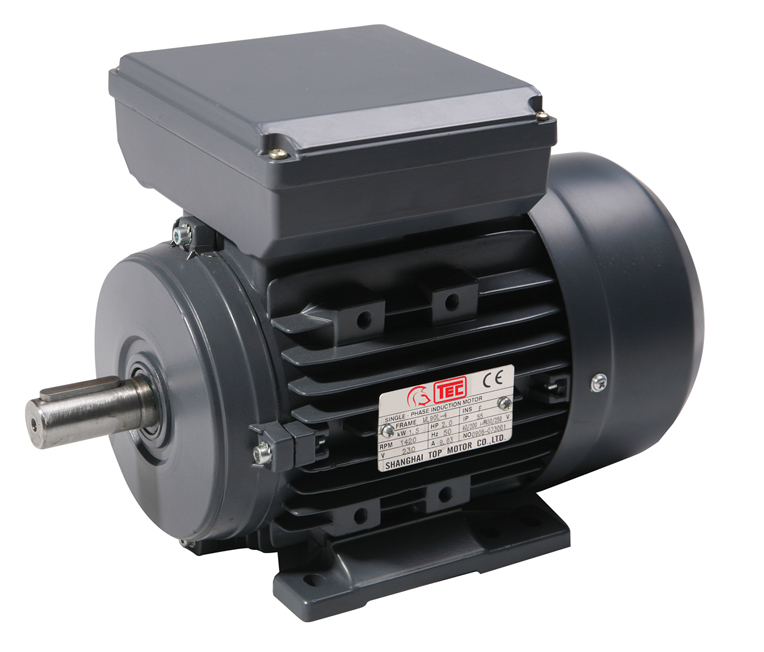Disclaimer:
Some time will need to be invested to find out whether it is possible at all.
There is a high risk of accidental error with the windings as there are millions of permutations of 12 wires (six windings each with two ends). If they get mixed up or we mis-identify them, it will be slow and tricky to identify the proper phasing again without specialist equipment. Getting one winding out of phase for example, could result in poor torque, blown fuses, burnout, inverter destruction or all of the above. So proceed at your own risk.
As there only seems to be one lead from inside the motor to each terminal stud (please confirm), the connections must be within the end bell so you would have to get inside there to swap them over. If they are hidden or bound up with winding tape it could be tricky. I suppose you've nothing to lose by looking inside though.
@marconi @Marvo @darkwood and anyone else please check my logic:
a) It has to be a Dahlander connection as-is.
b) There are 6 leads in the terminal box for 12 winding ends so they must be paired internally into series delta.
c) The edges of the delta (2U, 2V, 2W) can remain connected as-is, as this gives the right relative polarity of both windings of each phase for high-speed.
d) The corners of the delta (1U, 1V, 1W) need to be split so that the two windings of each phase can be paralleled.
e) The paralleled windings can then be connected in delta to make a 3-lead 230V motor.
One snag we have now is that we don't know for certain which set of leads are the edges and which are the corners. We might assume that terminal block 1U= winding U1 = corner terminal etc but there's no guarantee because the original speed switching has been disconnected. If we can see the windings leading out from their respective coils, that's fine. Otherwise we might have to use a battery and compass in the bore, or feed in low voltage AC e.g. from a bell transformer and find coil phasing by searching with a voltmeter.
I'll post a diagram later.



















